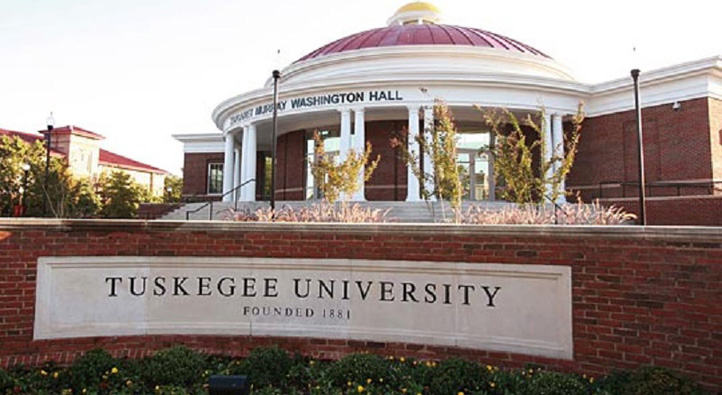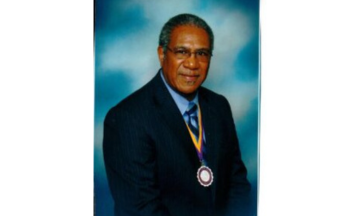
Both Sen. Gladys Robinson and Sen. Angela R. Bryant once served on the University of North Carolina Board of Governors but aren’t too happy with their latest course of action. Find out why they believe North Carolina’s five HBCUs could face an extremely unfavorable experience by the state’s university system:
[divider]
On July 1, when newly elected members of the UNC Board of Governors begin their four-year term, pay close attention to the blatantly unbalanced selections made. For the first time in many years, there is a lack of representation from historically black colleges and universities (HBCUs), African American women or Democrats in the selections made by the Republican-dominated N.C. General Assembly.
Our state university system, which prides itself on its five historically black universities, will have its least-diverse Board of Governors in recent history. Statutory provisions required at least two minority race members, minority political party members and two women, but that provision was repealed in 2001 after legal challenges. However, the Democratic majority always ensured the election of women, HBCU alumni, Republicans, African Americans and Native Americans.
In 1971, legislation was established to incorporate HBCUs into the UNC system, and in 1972, the first Board of Governors was appointed to govern and oversee the development of a well-planned and coordinated system of higher education, to improve the quality of education, to extend its benefits, and to encourage an economical use of the state’s resources.
This mission has less chance of being accomplished without input from the significant and diverse components of the UNC system. Although HBCUs serve diverse populations, they remain the gateway to a promising future for African Americans. These institutions provide access to some modicum of equity in careers and transforming dreams into realities.
While the Board of Governors will only include five Caucasian women, the absence of African American participation speaks volumes during a time when African American women represent a significant percentage of the college demographic and are critical to economic recovery within their communities.



